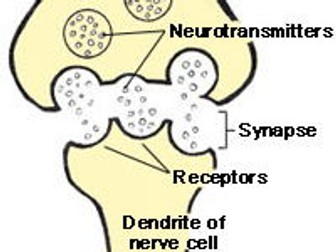Digestive System #GoogleExpeditions
This is an overview of the digestive system and how our nutrients are digested!<br />
SWBAT:<br />
1. List the different nutrients<br />
2. Identify organs in the digestive system and describe their function. <br />
3. Identify which organs digest each of the nutrients and what enzymes are used.<br />
Guiding Questions: <br />
What are the nutrients you would find on a food label?<br />
When they are digested, what do they get broken down into? <br />
What are the organs of the digestive system? <br />
What enzymes are found in the digestive system? What, specifically, do they break down? <br />
Where are the three nutrients each digested? Which enzymes are involved?<br />
What are some disorders of the digestive system? <br />
What are the role of probiotics in the digestive system? <br />
What does it mean if someone is lactose intolerant and can’t eat dairy?




